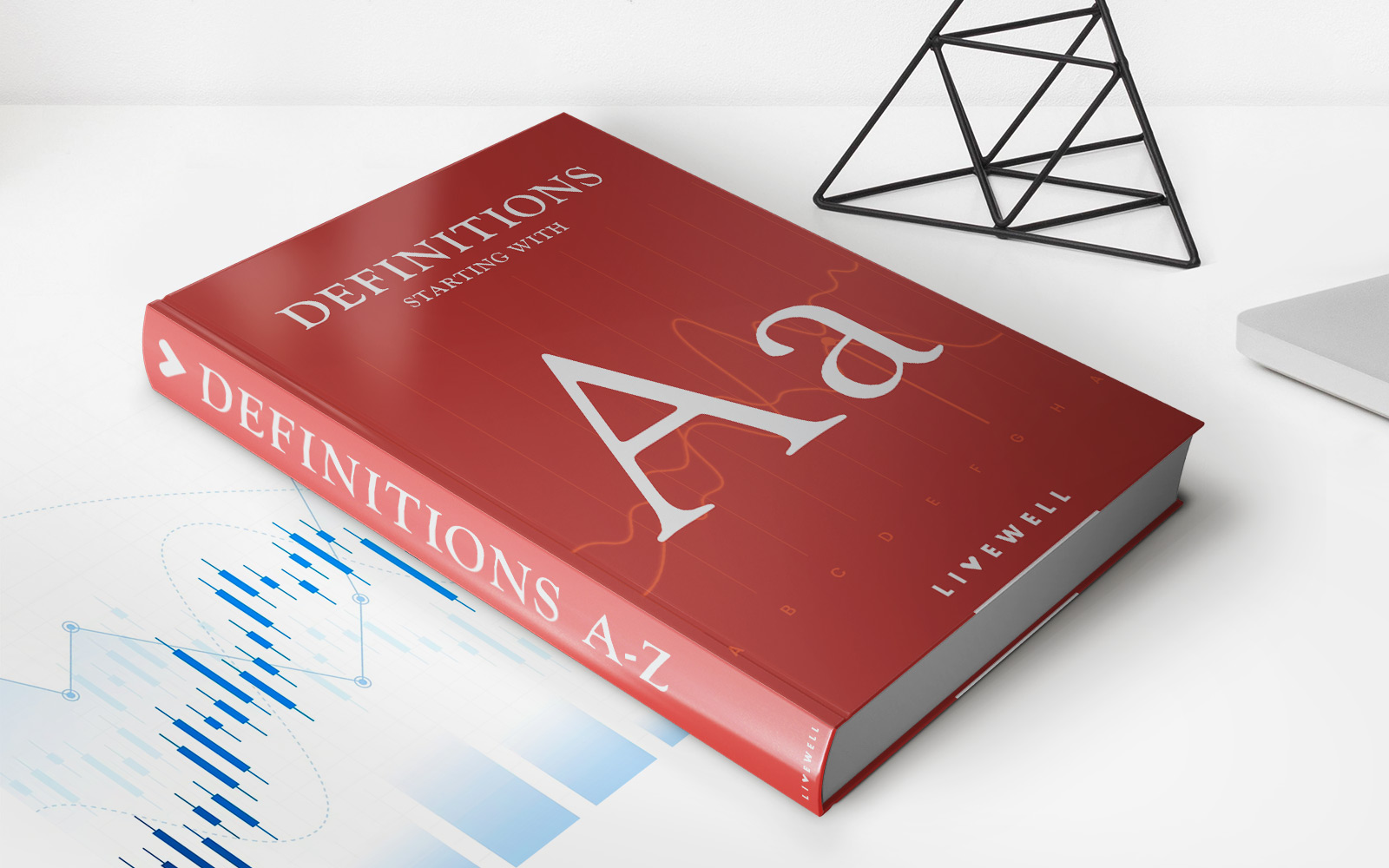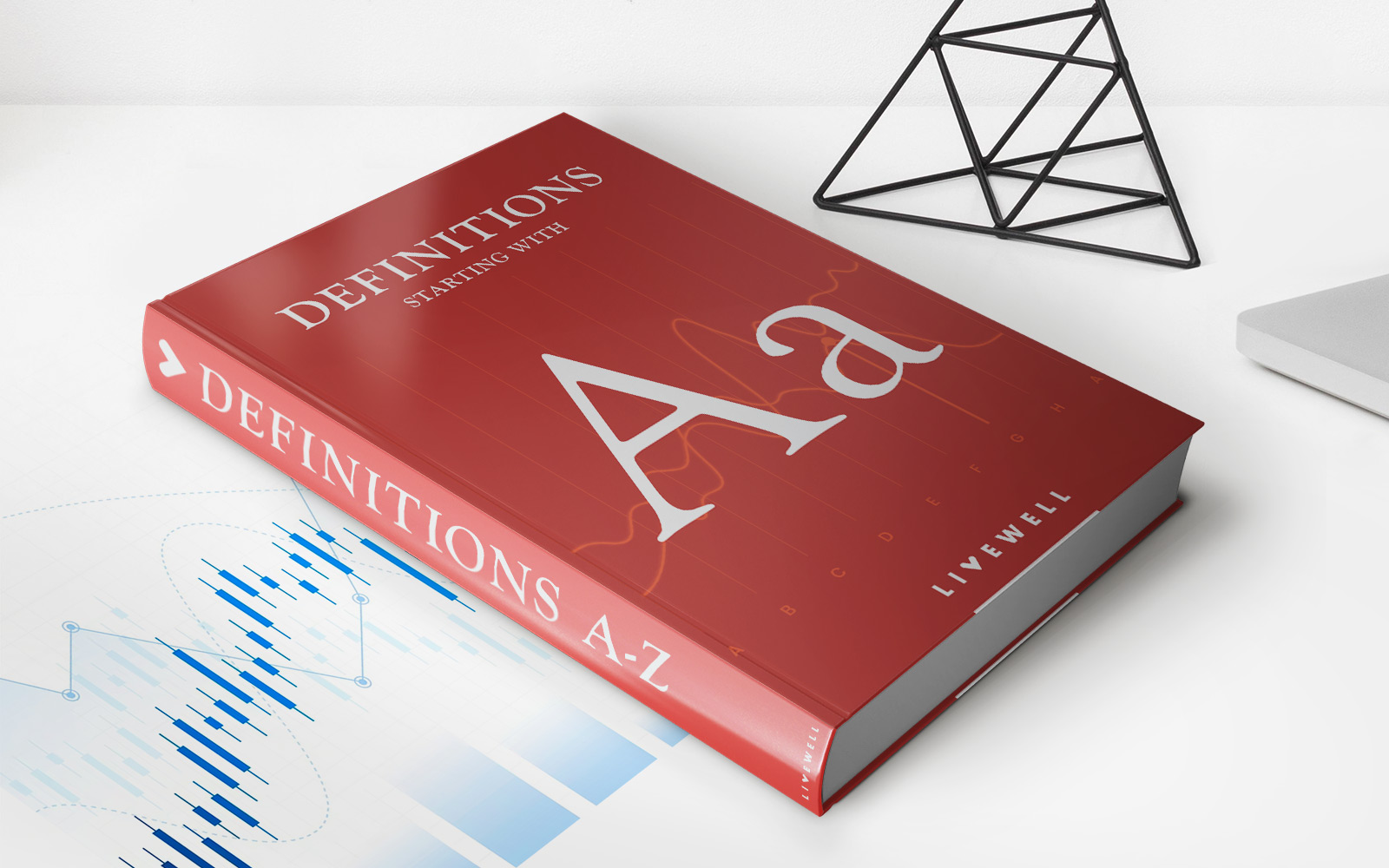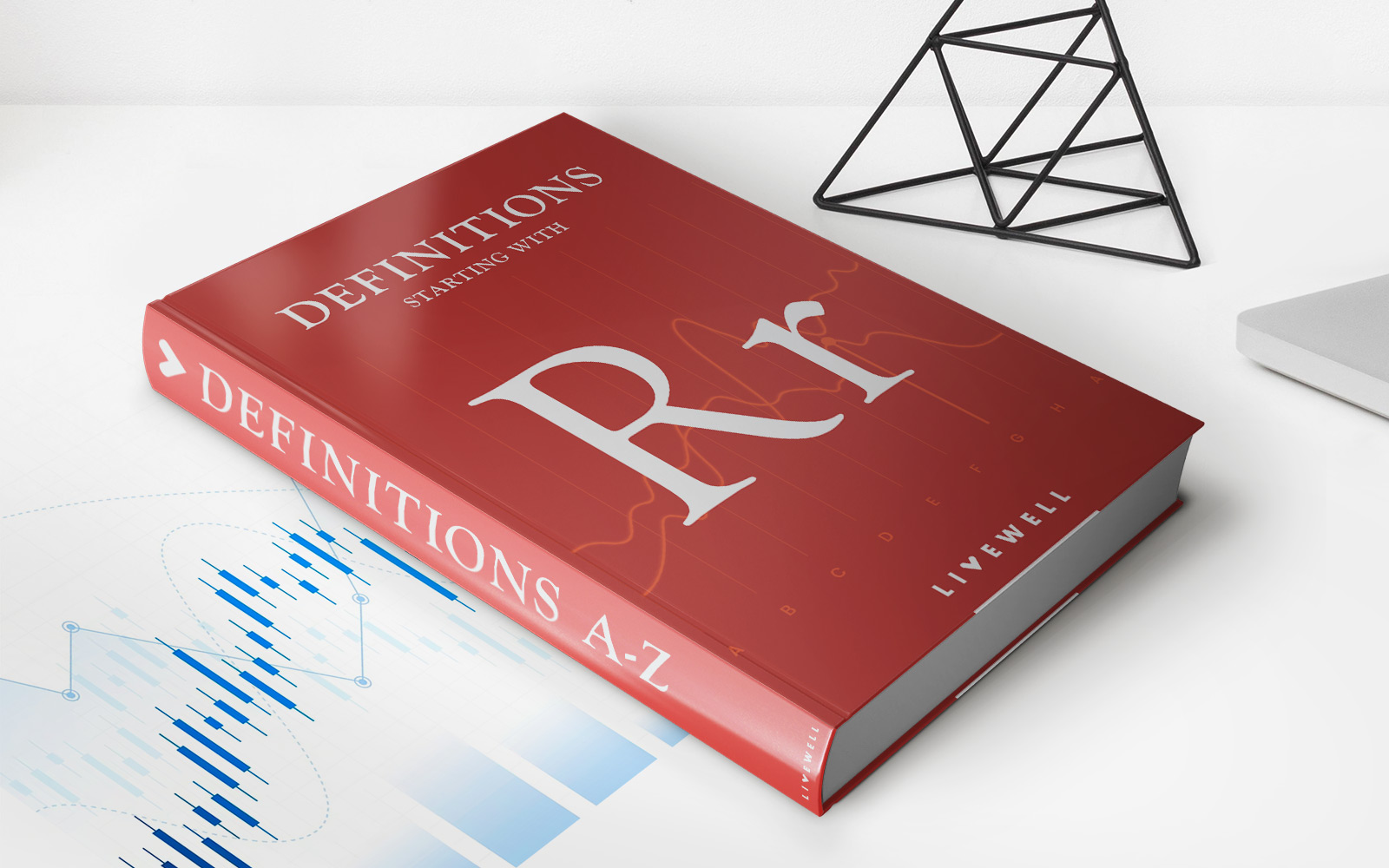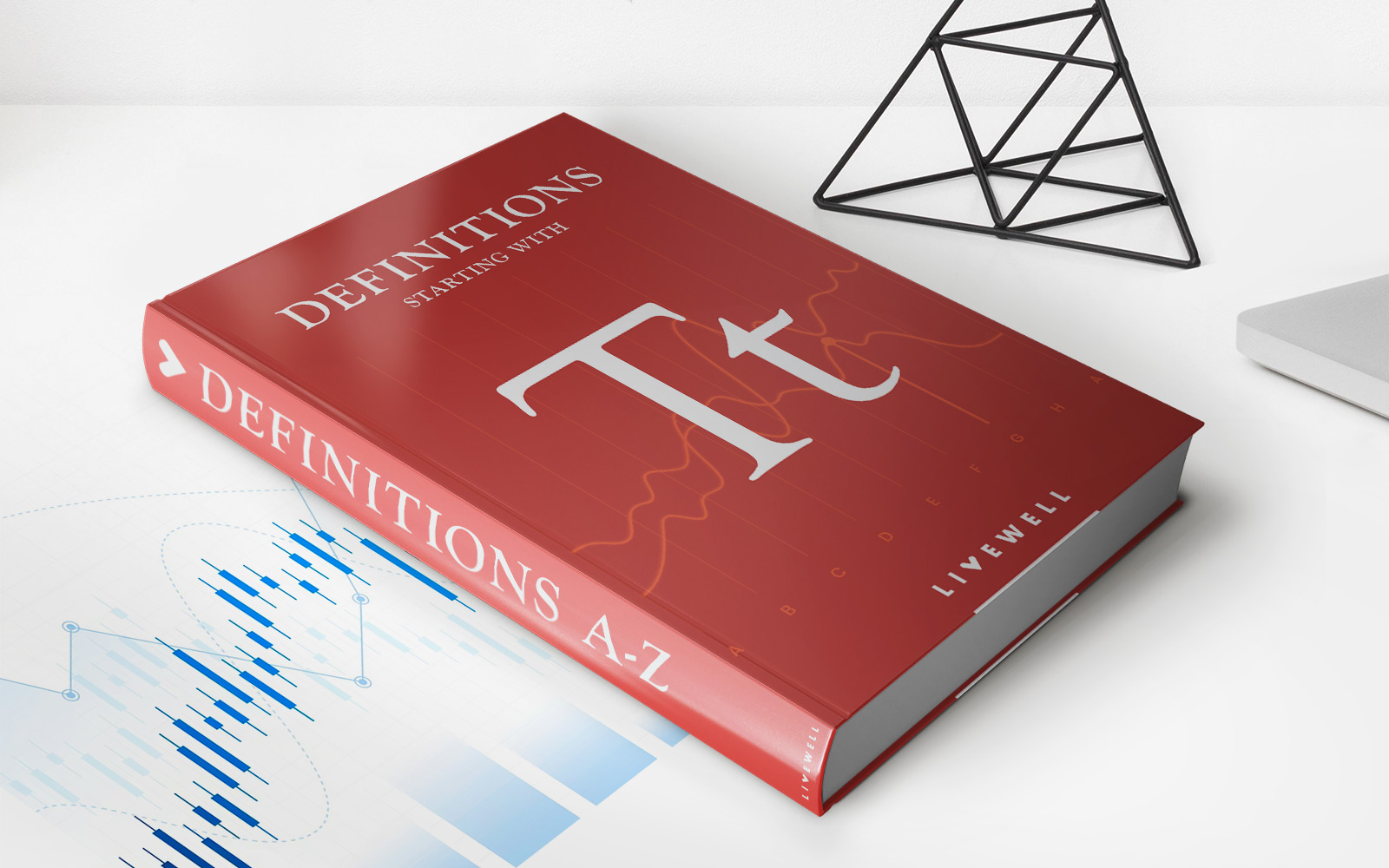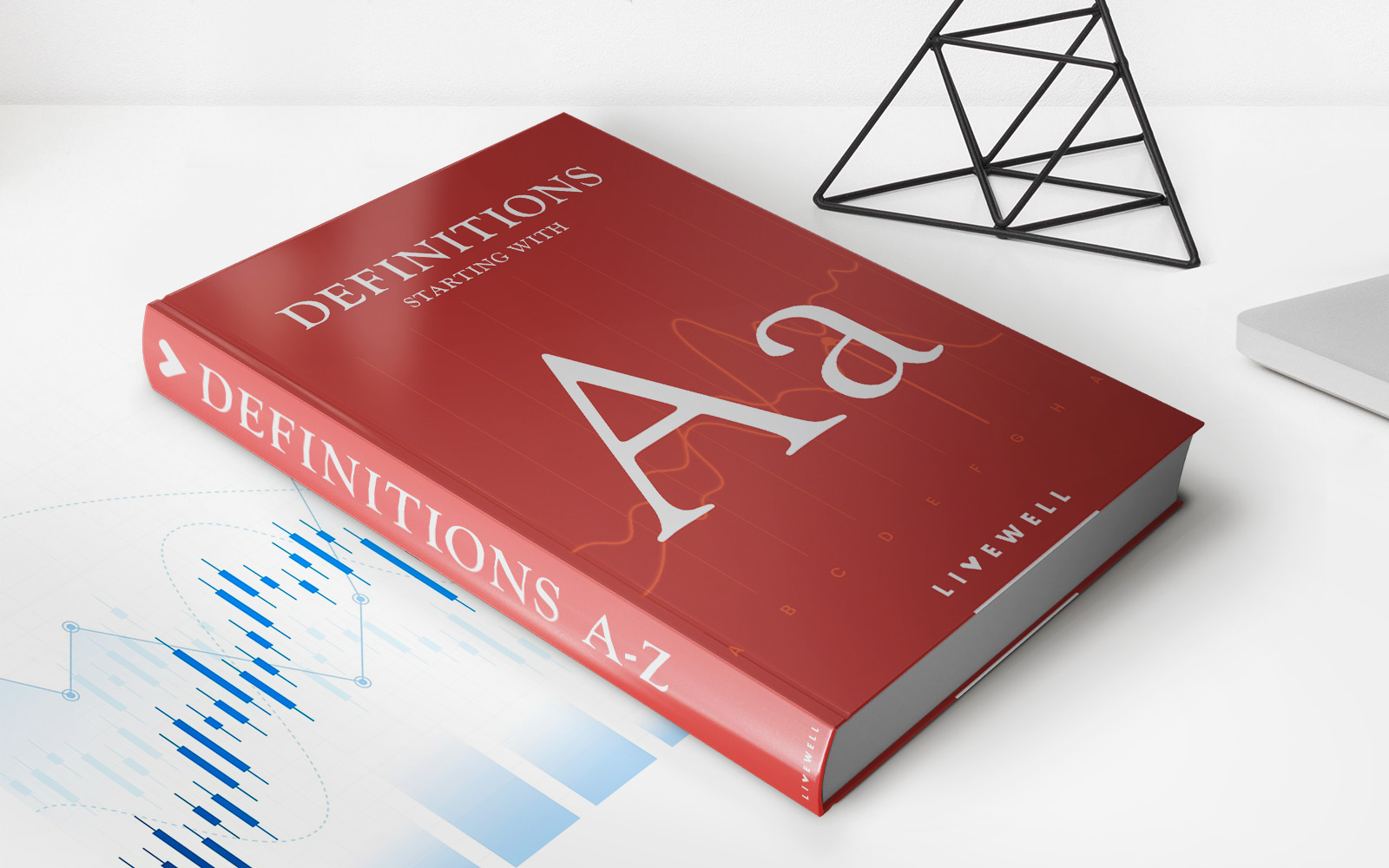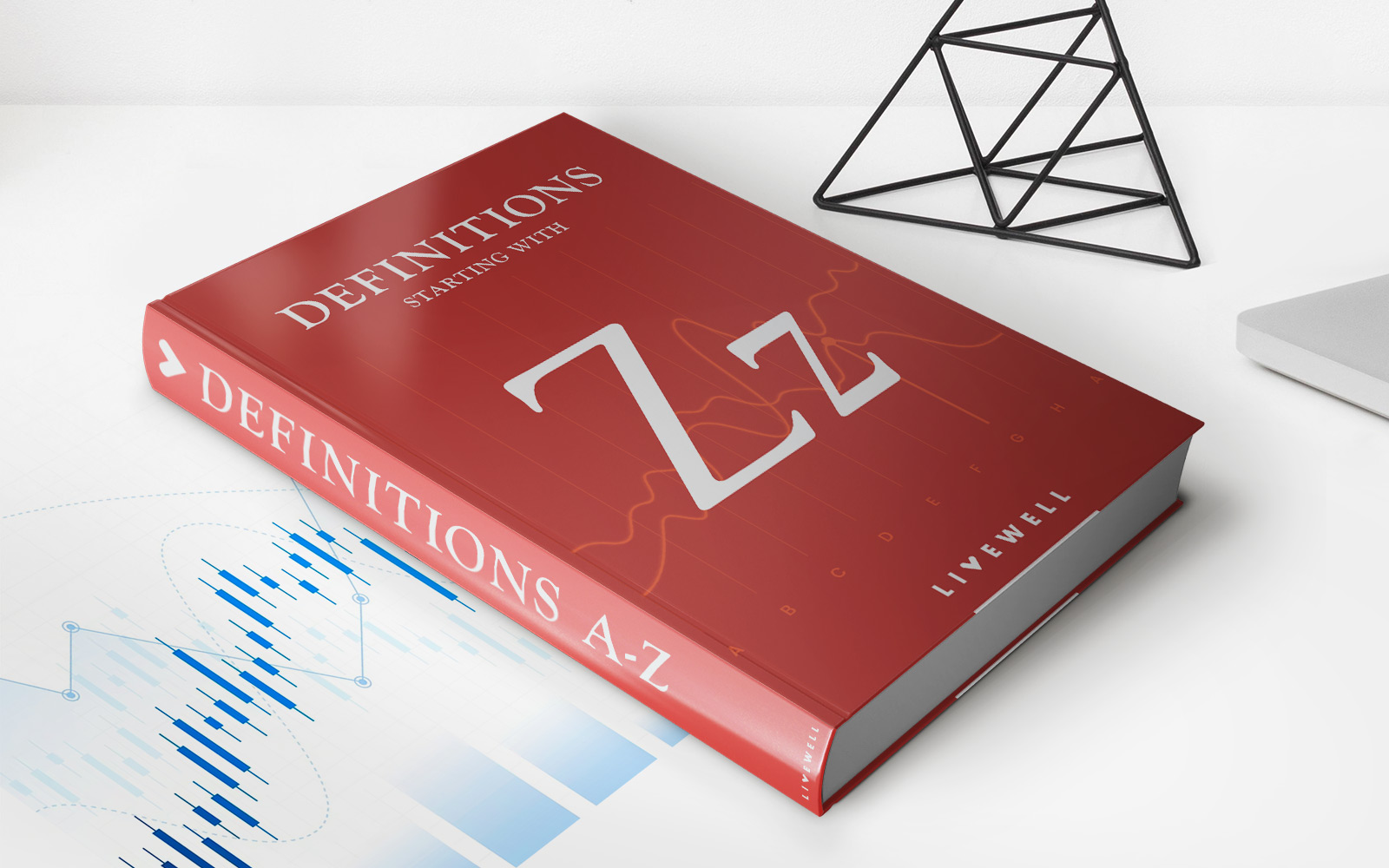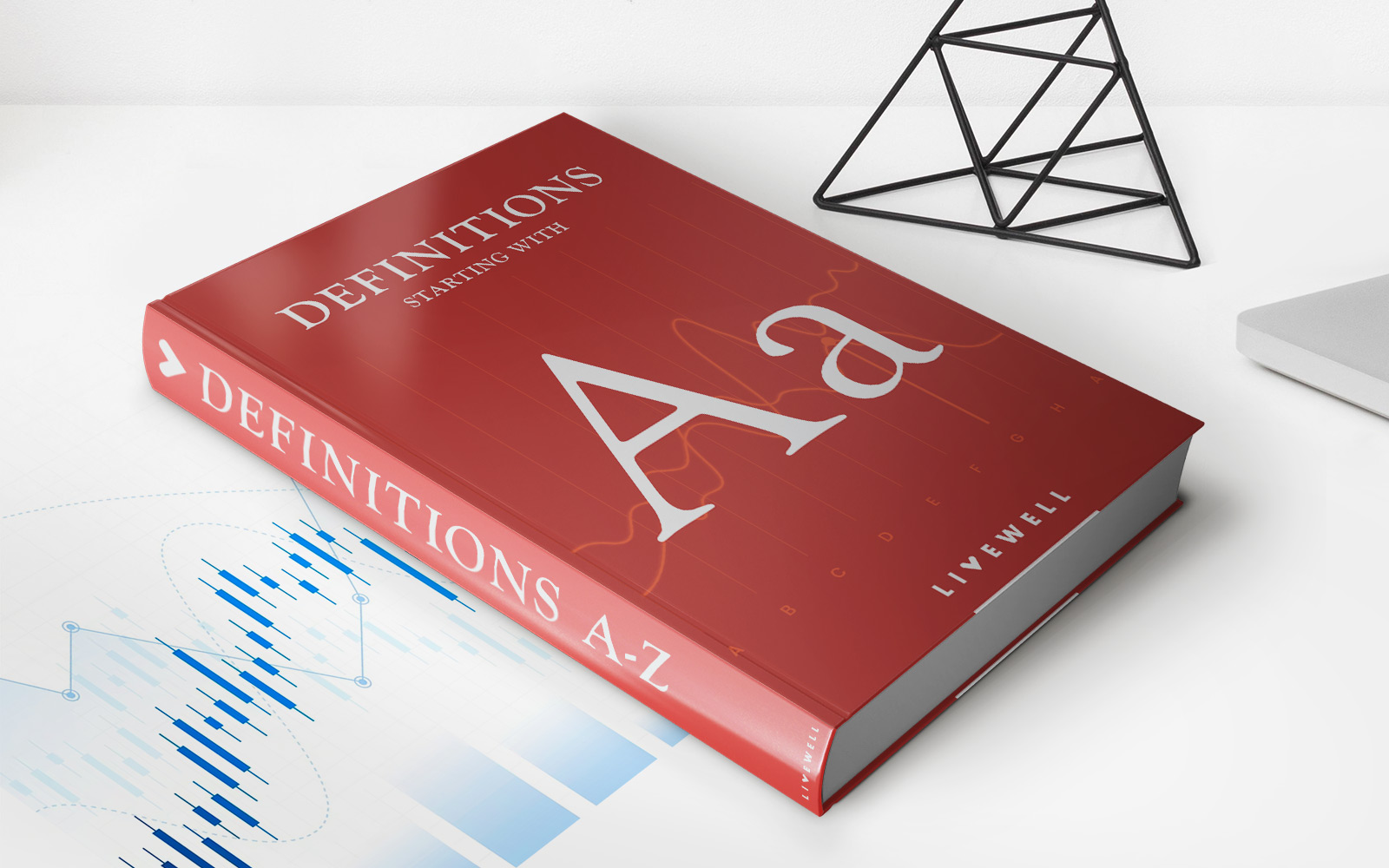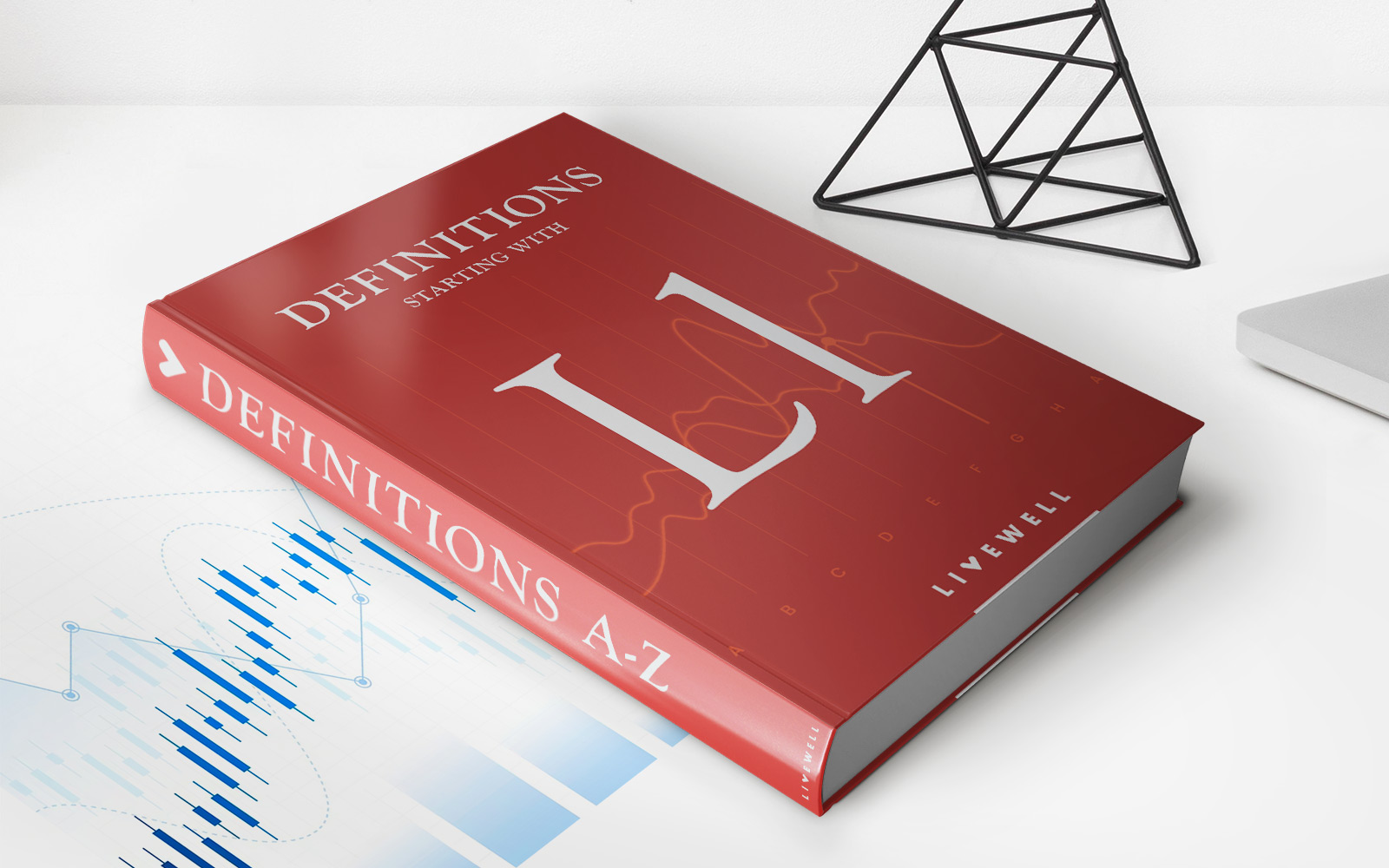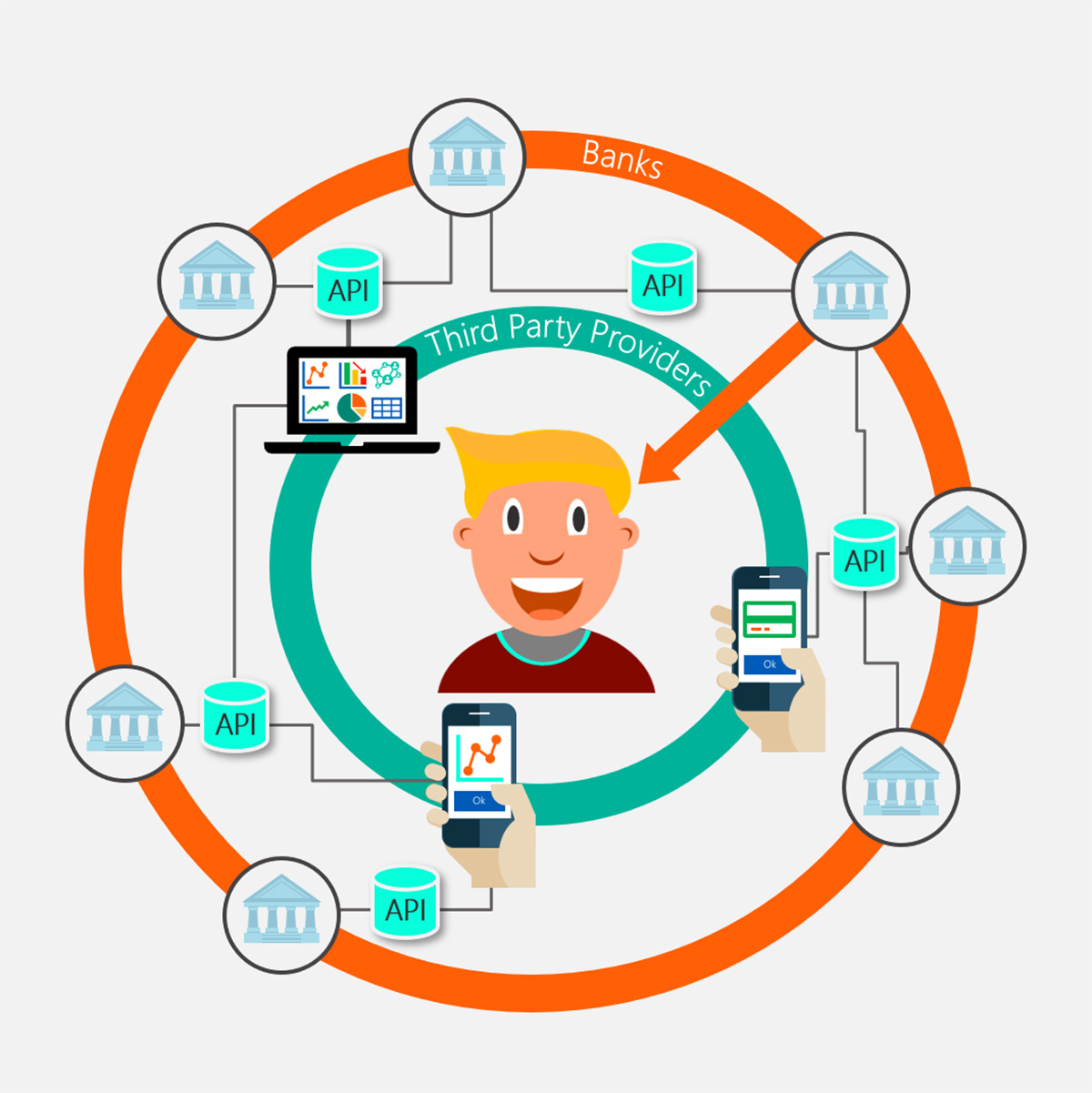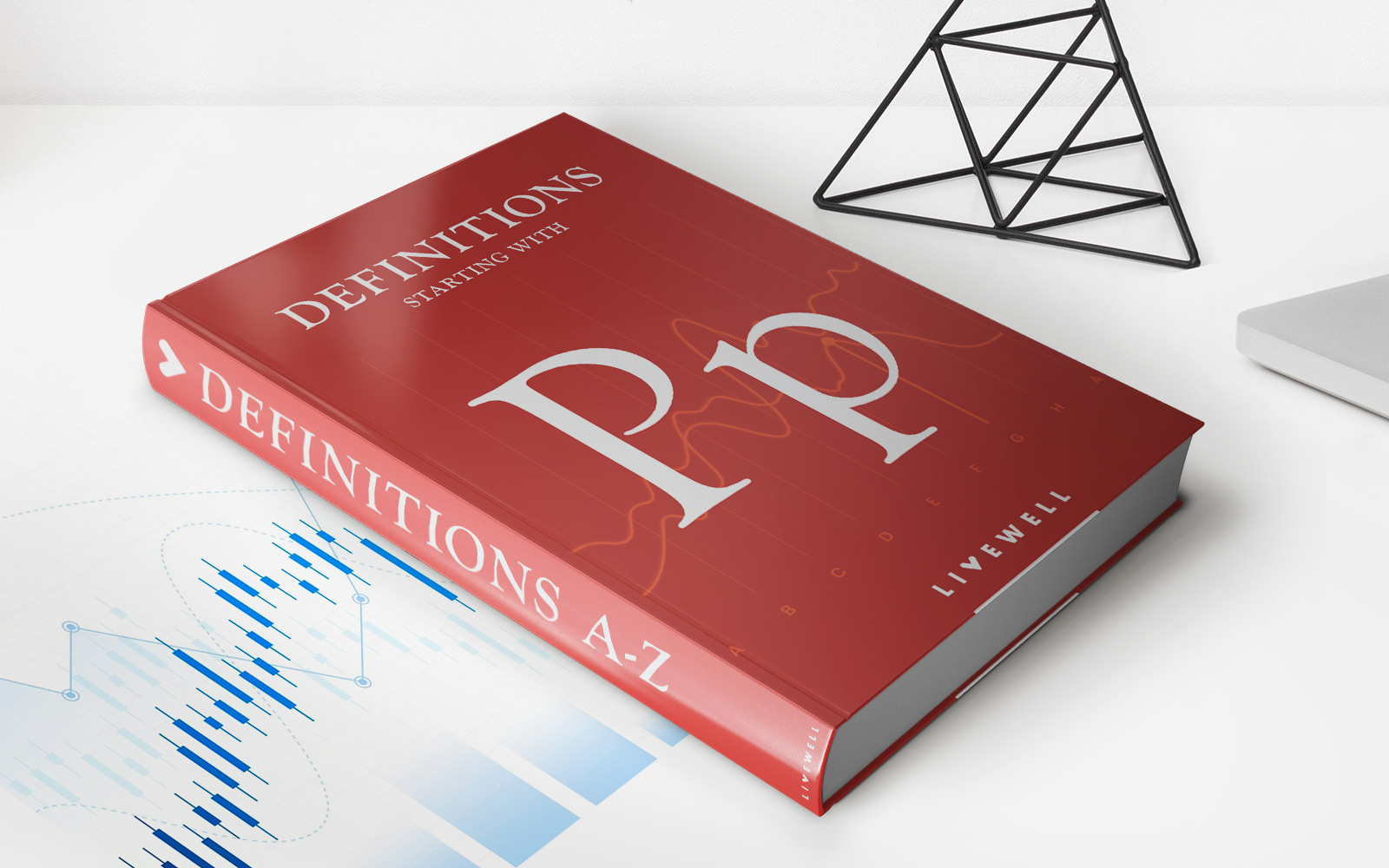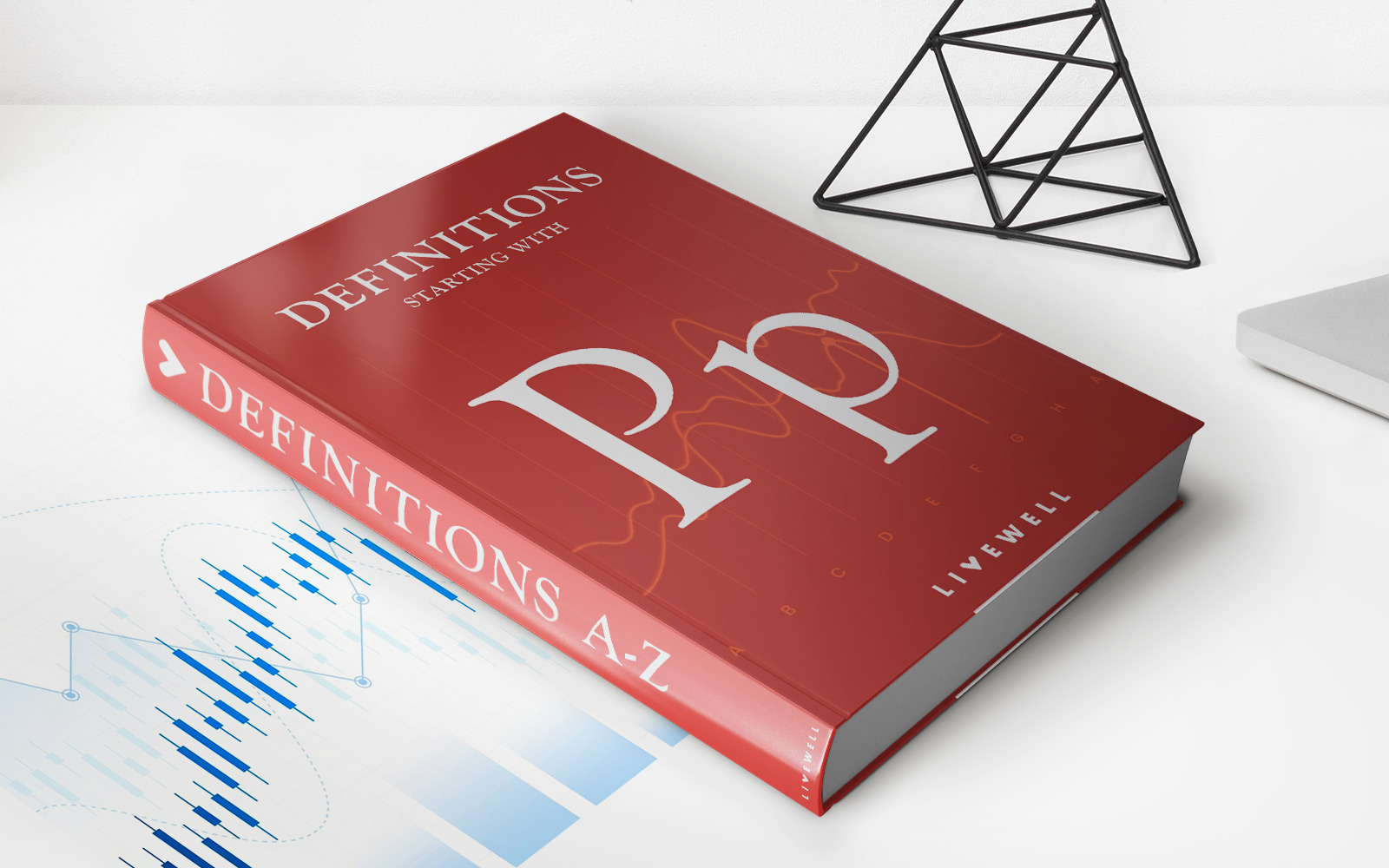

Finance
Companion Tranche Definition
Published: October 30, 2023
Learn the meaning of companion tranche in finance and how it relates to structured securities. Gain valuable insights into this important financial concept.
(Many of the links in this article redirect to a specific reviewed product. Your purchase of these products through affiliate links helps to generate commission for LiveWell, at no extra cost. Learn more)
Companion Tranche Definition: Your Guide to Understanding this Financial Term
When it comes to finance, there are numerous concepts and terms that may seem overwhelming to grasp. One such term is the companion tranche, which plays a crucial role in the world of structured finance. In this blog post, we will demystify the companion tranche definition, explaining what it is, how it works, and its significance in the financial industry.
Key Takeaways:
- A companion tranche is a type of tranche, or portion, within a collateralized mortgage obligation (CMO) or other structured finance instrument.
- It is designed to absorb the remaining cash flow after the primary tranche has been paid off.
So, what exactly is a companion tranche? In simple terms, it is a subsection or slice of a structured finance instrument, such as a collateralized mortgage obligation (CMO). These instruments are created by pooling mortgage loans together and issuing securities based on the cash flows generated by these pooled mortgages.
Companion tranches are created to provide a specific function within the overall structure of the CMO. They are designed to absorb the remaining cash flows after the primary tranche, often referred to as the “senior” or “A tranche,” has been paid off. This means that the companion tranche holders receive cash flow payments only after all the obligations of the senior tranche have been met.
One key feature of companion tranches is that they have a higher risk of default compared to the senior tranches. This higher risk is due to the fact that companion tranches are often exposed to prepayment risk. Prepayment risk occurs when homeowners pay off their mortgages earlier than expected, which can impact the cash flow distribution to the companion tranche holders. However, these tranches also offer a potentially higher yield compared to the senior tranches, making them attractive to investors seeking higher returns.
The role of companion tranches is to provide a mechanism for diversifying risk within the structured finance instrument. By separating the cash flows into different tranches, investors can choose the level of risk they are comfortable with and tailor their investment accordingly. Companion tranches also allow for the creation of different investment products by combining tranches with varying characteristics, such as risk and yield.
In conclusion, companion tranches are an important component of structured finance instruments such as collateralized mortgage obligations. They enable the diversification of risk and provide investors with options to match their risk appetite and investment objectives. Understanding the companion tranche definition is beneficial for anyone interested in delving deeper into the world of structured finance.

